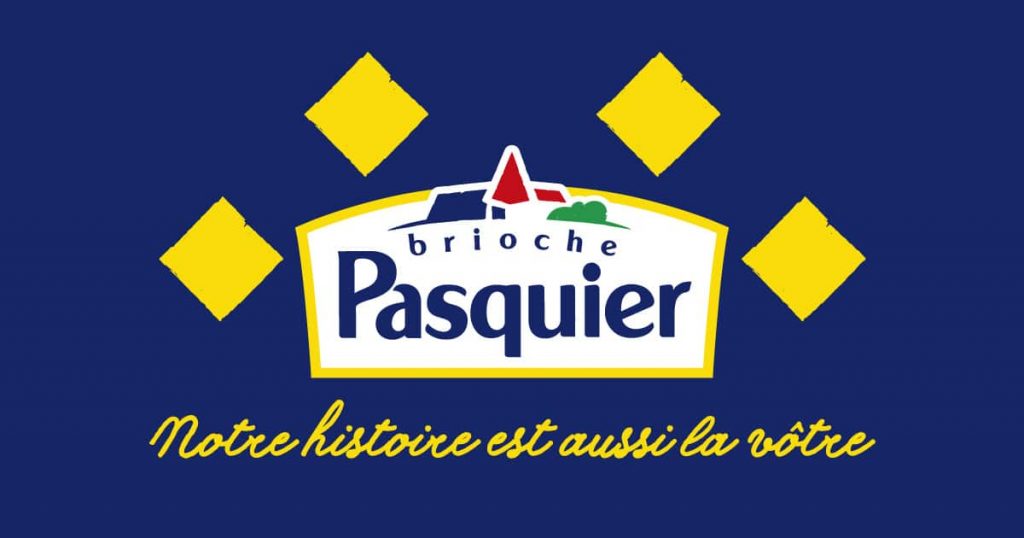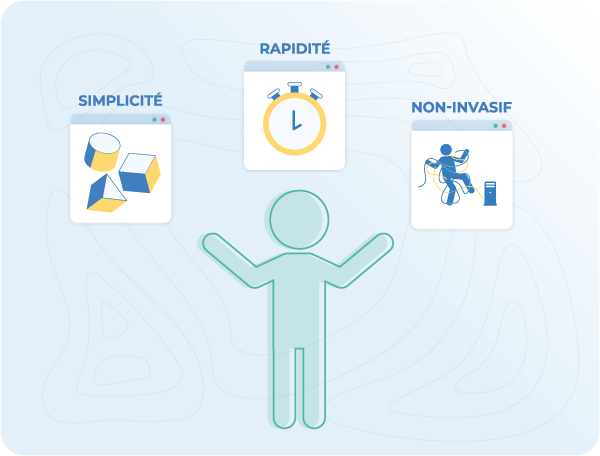How Brioche Pasquier achieved more effective MSD prevention with KIMEA

Brioche Pasquier, a family-owned company committed to preventing MSDs
In 40 years, the family-owned Brioche Pasquier group has become the undisputed leader in viennoiseries. Brioche Pasquier is also a major player in frozen and fresh pastries, as well as biscotte products.
The company aims to enhance its MSD prevention efforts effectively through the use of KIMEA.
Explore the world of MSD prevention at Brioche Pasquier’s sites in Cerqueux and Le Chatelêt-en-Brie.
Pasquier in figures
in France
Brioche, Pâtisserie, Biscotte
Employees
Workplace Hardship, a Major Issue in Preventing MSDs at Brioche Pasquier
At Brioche Pasquier, employee health is a significant concern. Their goal? To develop workstations that are adaptable to humans, more comfortable, and reduce strenuous movements and postures. All of this aims to prevent musculoskeletal disorders (MSDs).
However, in a post-Covid socio-economic context that has constrained the budget allocated to MSD prevention, ergonomists must demonstrate ingenuity to provide the most relevant and effective solutions for operators.
Therefore, it was necessary to:
– Prioritize preventive actions to initially address the most strenuous workstations.
– Equip themselves with a solution that would enhance precision and save time.
Workplace hardship was already assessed before using KIMEA. A database had even been created based on various criteria such as repetitiveness, lifting loads… But it wasn’t precise enough. We needed a tool capable of providing reliable data for conducting our analyses, while also assisting us daily and offering a fresh perspective in job studies.
Flavie DESFONTAINE
Occupational health nurse chez Pasquier
How KIMEA supports Brioche Pasquier in preventing MSDs ?
Prioritizing prevention actions
Equipped with KIMEA, the teams at Brioche Pasquier conducted a mapping project: a macroscopic study of all positions within the company. KIMEA enabled them to quickly capture data from all positions and conduct analyses with ease.
This study provided crucial data, allowing ergonomists to identify high-risk positions, such as those involving tray stacking. Additionally, other factors supported this issue, including high accident rates related to manual tasks and assessments of gesture repetitiveness.
Precisely assessing operators’ joints
On a daily basis, teams use KIMEA to assess operators’ movements. For instance, the entremet line is regularly monitored using this tool, given the repetitive gestures required. Despite the industrial nature of the line, human hands are essential at every stage.
KIMEA helps obtain precise data efficiently. Within minutes, teams can evaluate which joints are impacted by specific movements.
Engaging operators during training on gestures and postures
KIMEA is integrated into Brioche Pasquier’s training sessions on gestures and postures. Trainers use the tool to simulate two scenarios:
1. A well-adjusted situation.
2. A more strenuous situation.
Operators are filmed using KIMEA during both scenarios, and analyses are then presented to them. The goal is to illustrate the difference between a workstation adapted to humans and one that is less so, as well as the impact of movements on the human body. The interactive and practical approach offered by KIMEA makes a significant difference for Brioche Pasquier teams.
Responding to workplace accidents
When an operator experiences a workplace accident or occupational illness, ergonomists also use KIMEA to review postures, assess the weight of potential loads, etc. Their objective is to thoroughly understand the nature of the incident or illness to prevent future occurrences.
The benefits observed since using KIMEA
A considerable time saving and reliable data
With KIMEA as a tool for quantifying biomechanical risks, ergonomists save time on a daily basis. The tool is easy to use, and capturing operators’ movements is very straightforward. The solution is non-invasive for operators, allowing ergonomists to capture data without interrupting their activities.
Furthermore, the data obtained is easy to understand. Reliable and scientifically proven, ergonomists have no doubts about their analyses anymore.

A real awareness among operators
Thanks to the engaging aspect of the tool mentioned earlier, the teams have successfully raised awareness among operators about musculoskeletal disorders (MSDs). A significant level of awareness has been observed, even among the younger operators!
Preserving a workstation at Brioche Pasquier
At the Cerqueux site, on the apple tart production line, there was consideration to eliminate a workstation. However, ergonomists wanted to assess if this would impact other workstations. Would the pace significantly increase? Would other positions become more demanding? Was removing this workstation truly a good idea?
In this context, ergonomists used KIMEA. The findings were clear: the workstation should not be removed. Indeed, the production line already had several demanding positions. Removing one workstation could increase the risk of operators developing MSDs.
The scientific data from KIMEA supported the ergonomists’ arguments. They were able to provide concrete and measurable facts that enabled Brioche Pasquier’s management to make the best possible decision for its employees.”
KIMEA helps us design workstations adapted to humans and develop solutions aimed at reducing biomechanical constraints. Thus, we contribute to improving the working comfort of our employees today and seek to ensure the health of those of tomorrow.
Fanny MADONA
Ergonomist – Health, Safety, and Environment Mission Manager at Pasquier
